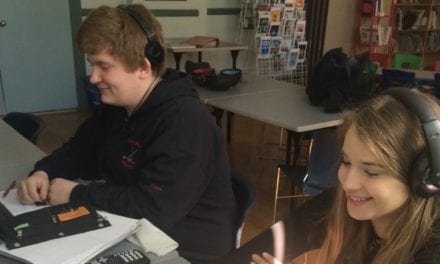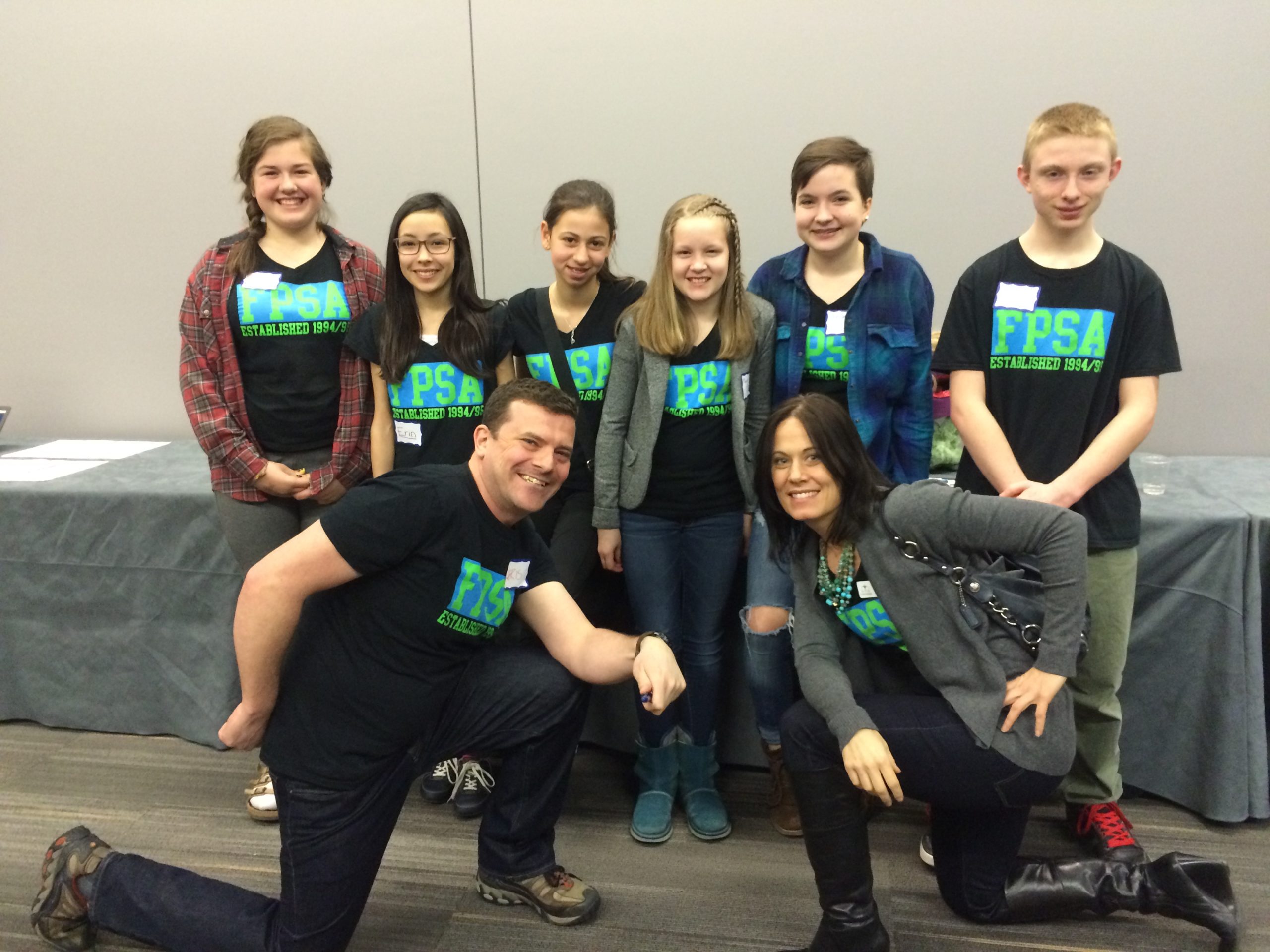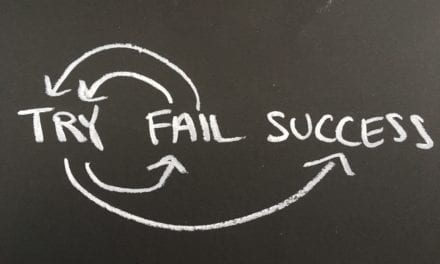 Name: Jody Meacher
Name: Jody Meacher
School and Board: Parkview Elementary, Eastern Townships School Board
Subject: all – Level 1, Cycle 2 Elementary
I met Jody over the years, probably first some years ago when I was doing some training for Apple at the ETSB and later our paths would cross at conferences. I had the pleasure of sitting in on her session at Springboards in 2013: A + B + C = D.
I recently spoke with Jody over Skype. When I asked about her years of experience as a teacher she said that teaching had been in her blood for a long time, first when she was a soccer referee and skiing instructor and later as a classroom teacher. She started in the teaching profession in 1998 and has been with the Eastern Townships School Board since 2001.
Being in the ETSB, she is fortunate to have a technology rich environment. By her choice she has a variety of devices in her classroom: iPads, iPod touches and netbooks. She herself has a MacBook for her own use. She has enough devices so that each student can be using one, but not enough of any one for the entire class. Jody talked about how her journey from 1:1 laptops in 2003 to her current situation was a move from teacher control of everyone doing the same thing to more autonomy for the students and with more variation in what is happening in the classroom. Jody likes to have a mix of tools – it allows for each tool to be used for its best purposes. As she put it, “I don’t always need a hammer. Sometimes I need a screwdriver.” For example, the iPod touches are easier to use as cameras than the iPads, so students can easily use them for photography especially when walking around the school. The netbooks are easier to use for typing, while the iPads, with bigger screens than the iPods are more appropriate for certain apps. There is also overlap as all devices can be used on the Internet, for example. Jody wants her students to be critical users of technology, thinking about the most appropriate device for the purpose they want. The variety of devices also reminds Jody that not everyone needs to be doing the same thing at the same time. Some students can be working on a script while others are doing stop-motion animation and still others are manipulating puppets… All students can be working on different aspects of a project with the appropriate devices. Not all parts of the project need to include technology. For example, students may be working on paper for their storyboards.
Using technology is not without its challenges. Jody is still searching for the best way to transfer files from one device to another so that projects can be pulled together smoothly.

composite image remixed from http://www.flickr.com/photos/50318388@N00/7213947838/ under a CC license
It is not just technology that pushes Jody’s students to think more deeply. Her approach: A (apps) + B (because) + C (collaboration) = D (deeper talk) is not about the technology, but about thinking more deeply, communicating clearly and negotiating around ideas. Whatever the students are doing, the because, being able to explain the process and the why behind their thoughts. is always in the forefront.
Jody’s students often work in pairs. It encourages talking to learn. They may be creating a video (Explain Everything or Educreations) to capture their thinking such as the process of how they solved a math problem. They may be creating a teaching video. Jody puts a big emphasis on “Because Statements”. Students need to be able to justify their thinking, their ideas, their strategies. They need to be able to support their reasons / reasoning. When taking on roles such as iPad operator and solution director, the latter needs to be able to justify what s/he asks the iPad operator to do and explain it clearly enough for the him/her to understand.
Whether working in pairs or as a class on a large project, it is the justifying and negotiating that moves projects forward and deepens the learning. One person’s “because” may lead to another person’s rebuttal “because” with each step moving the thinking forward and leading to much deeper thinking and understanding. It takes work to convince others of ones ideas and it takes listening to, as a class, come up with the best solutions. The students learn to make choices based on reasons and not on the popularity of a particular student. Consensus building and negotiating take time, but the results always lead to a stronger production.
With this approach Jody’s students are on their way to becoming critical thinkers and good listeners and communicators.
We chatted a bit about apps and the need to think about the because of why you would use one. She recommended Richard Byrne’s blog: Free Technology for Teachers, BECAUSE he always puts the emphasis on how to use his recommendations in education.
You can listen to the full interview.




